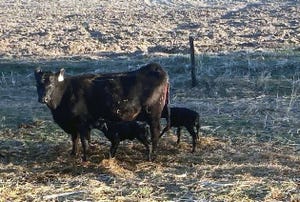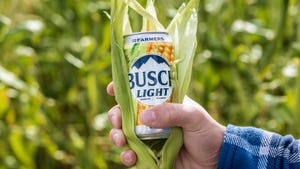Cattle supplies tight as gears shift for fall run
Largest decline was for cattle weighing more than 800 pounds.
September 26, 2023

As gears shift for the fall run of calves, University of Arkansas livestock economist James Mitchell says some of the feedlot placement data in USDA’s latest “Cattle on Feed” report is interesting to look at more in depth. Overall, the report showed placements into feedlots with 1,000 or more head capacity totaled 2.00 million head, 5.1% lower than in August 2022.
Breaking out feedlot placements by weight category, the largest decline was for cattle weighing more than 800 pounds, which totaled 823,000. This was 8.0% below August 2022. According to Mitchell, placements of heavy feeder cattle are highest in April as cattle come off winter pasture and in August-September as yearlings come off summer grass. However, the significant decline in August placements for cattle weighing more than 800 pounds may suggest that there have been limited grazing opportunities this summer, Mitchell notes. This claim has certainly been supported by this summer’s drought map.
Feedlot placements were down 2.3%, 4.7%, and 2.2% for cattle weighing less than 600 pounds, 600-699 pounds, and 700-799 pounds, respectively. Seasonally, feedlot placements of lightweight calves increase through the fall and peak in October, and this also when total feedlot placements are at their highest, Mitchell explains.
Monitoring placements this fall will also be critical for gauging beef production next year, he adds. The most recent “World Agricultural Supply and Demand Estimates” report from September forecasts 2024 beef production at 25.165 billion pounds, which would be a 6.6% decline relative to the most recent estimates for 2023 production.
You May Also Like



